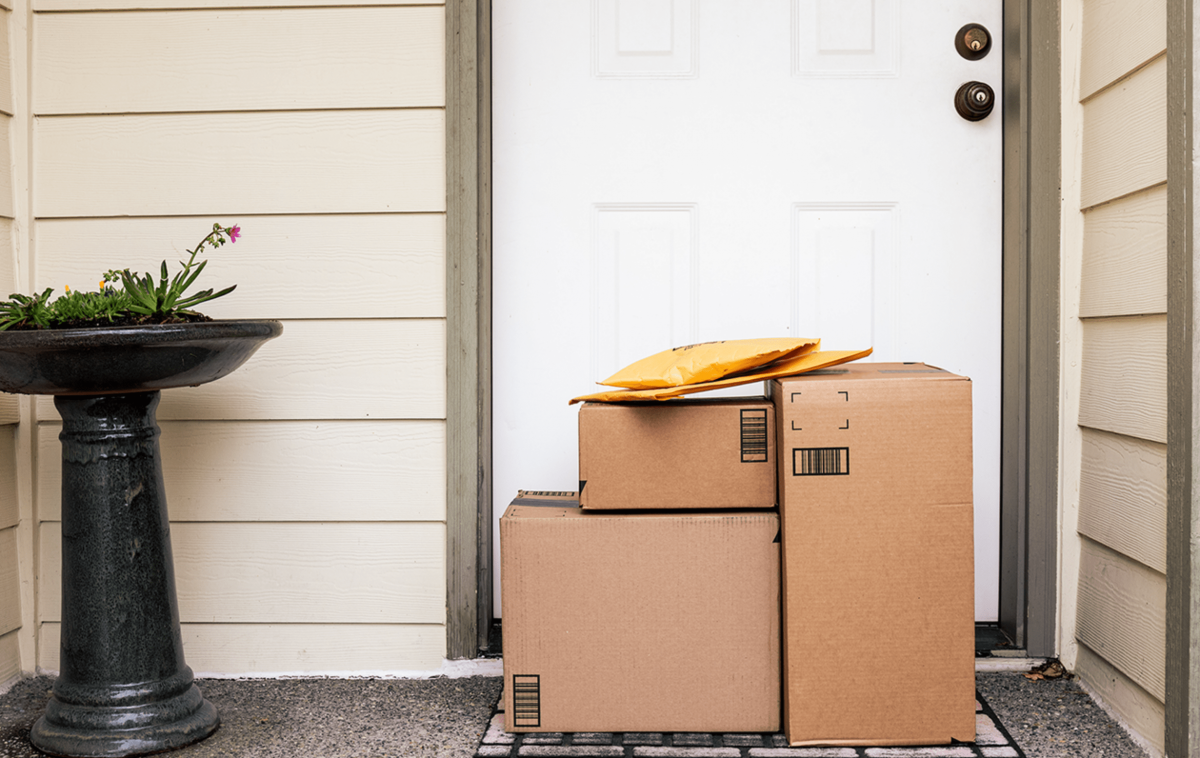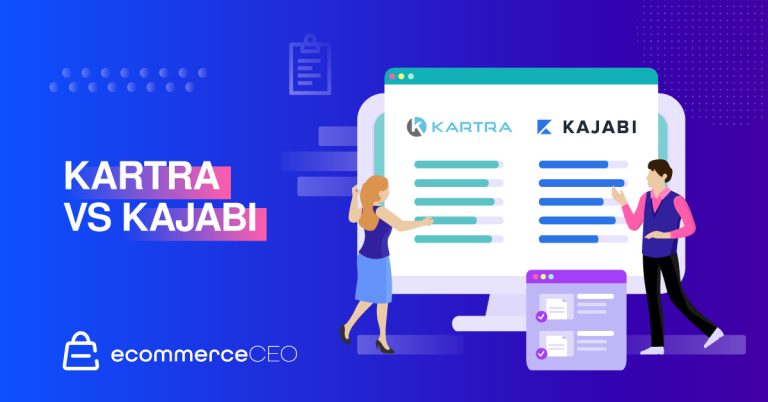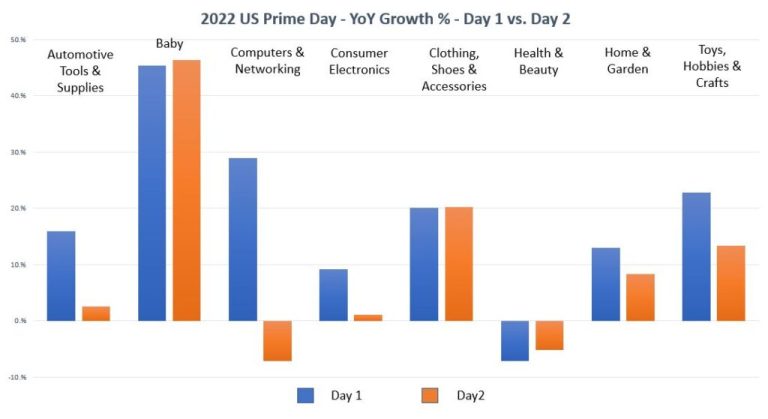 Author By Miva |
Author By Miva |- Posted on
- • April 30, 2021
- DTC
- Ecommerce Resources

A direct-to-consumer model offers many advantages for wholesale businesses, digital-native brands, and product manufacturers. If this is your business’ first time selling DTC, you’ll probably need to retool your fulfillment operations and prepare your supply chain for increased demand. This retooling will involve every aspect of how you fulfill orders, from customer service and processing returns to warehousing and product delivery.
In this article, we break down the key components of DTC logistics and how to optimize each to improve efficiency and support growth.
Rethink Your Distribution Strategy
For merchants accustomed to selling exclusively through other businesses and distributors, transitioning to DTC means fulfilling products directly to the end user. With a direct-to-consumer sales model, your business will have greater ownership of various aspects of the purchase and post-purchase experience, including delivery, inventory visibility, returns processing, and customer communication.
To establish a relationship with your customers and create a good impression for your brand, you’ll need to develop an effective distribution strategy that expands on your existing capabilities and introduces new ones. This will involve working with the right carriers and providers, determining your shipping rates, and choosing the right warehouse locations to help you manage fulfillment costs and meet delivery expectations.
Shipping Considerations
Due to Amazon Prime’s two-day shipping service, modern consumer expectations are fueled by fast, free, and no-hassle shipping. Meeting these expectations can be challenging, especially for companies that operate with limited budgets. Aside from meeting heightened expectations, you also have to grapple with shipment frequency and product size, as the amount of products you’ll need to ship to a customer over time as well as the product weight and dimensions will impact aspects like cost, logistics, inventory, and returns.
To ensure your fulfillment strategy is seamless and cost-effective, you’ll have to consider different shipping strategies. This could mean investing in last-mile delivery to cut costs, expanding your fulfillment centers, or setting free shipping thresholds to ensure your margins are met. All options come with their pros and cons—the right strategy will depend on factors like the products you sell, their costs, and the geographic locations of your customers.

Fulfillment Options
As you handle an increasing amount of orders, you will also need more space to accommodate direct-to-consumer distribution. This could mean obtaining additional warehouse space, expanding and reorganizing existing facilities, and fulfilling from physical locations to provide customers with more flexibility and shorten shipping times. Whatever mix you go with, you want to make sure your strategy helps you accommodate greater order volume and to effectively move products through your supply chain.
Last-Mile Delivery
A shift to DTC selling also comes with the need for efficient last-mile delivery—the last leg of the shipping process. Last-mile logistics includes things like delivery routes, rider allocation, and traffic consideration. To ensure a frictionless last-mile delivery process, consider investing in technology that can offer real-time tracking and delivery route planning and potentially facilitate communication between the delivery person and customer.
Take Control of Warehouse Management
Operating a successful DTC channel often translates to greater demand and higher order volume, requiring your business to achieve more efficiency and agility than ever before. To achieve sucess, you will also need to improve your warehouse setup.
Accurate data and warehouse organization are essential to making sure customers receive the correct item and ensuring your business maintains a steady revenue stream. This involves measuring inventory levels, predicting customer demand, and providing up-to-date stock information to consumers.
To create a smoother workflow, consider automating your back-end processes, working with a warehouse management system, and investing in best-of-breed ecommerce fulfillment solutions. An automated back-end, combined with an adaptable ecommerce platform, can streamline your business across the supply chain, from product manufacturing to delivery.
Improve the End-to-End Customer Experience
Managing DTC logistics doesn’t stop after a product is delivered to a consumer. Since shoppers can’t see, feel, or try out the products that they buy online, they may not always get their order right the first time and may want to return or exchange their purchase. Shipping products one way to customers is already costly and vulnerable to delays—returns add another layer of complexity and expense on top of that.
To streamline returns, make sure you have a clear and flexible returns policy and solid customer service that provides up-to-date communication during every step of the process. Look for any bottlenecks in your return process that can increase costs, like misplaced products coming back into stock or return delays. A positive return experience allows you to earn customer trust and win customers for life.
How to Position Your DTC Logistics for Success
Forging a direct path to your buyers involves owning every touchpoint in the customer journey. Former B2B sellers and brand manufacturers are learning to effectively pick, pack, and deliver products while keeping their customers informed throughout the entire fulfillment process. Optimizing your DTC logistics will allow you to differentiate your brand, exceed customer expectations, and set your business up for growth.
Looking to start selling direct? Download our whitepaper on how to build a resilient DTC brand that sustains your growth in the years to come.




